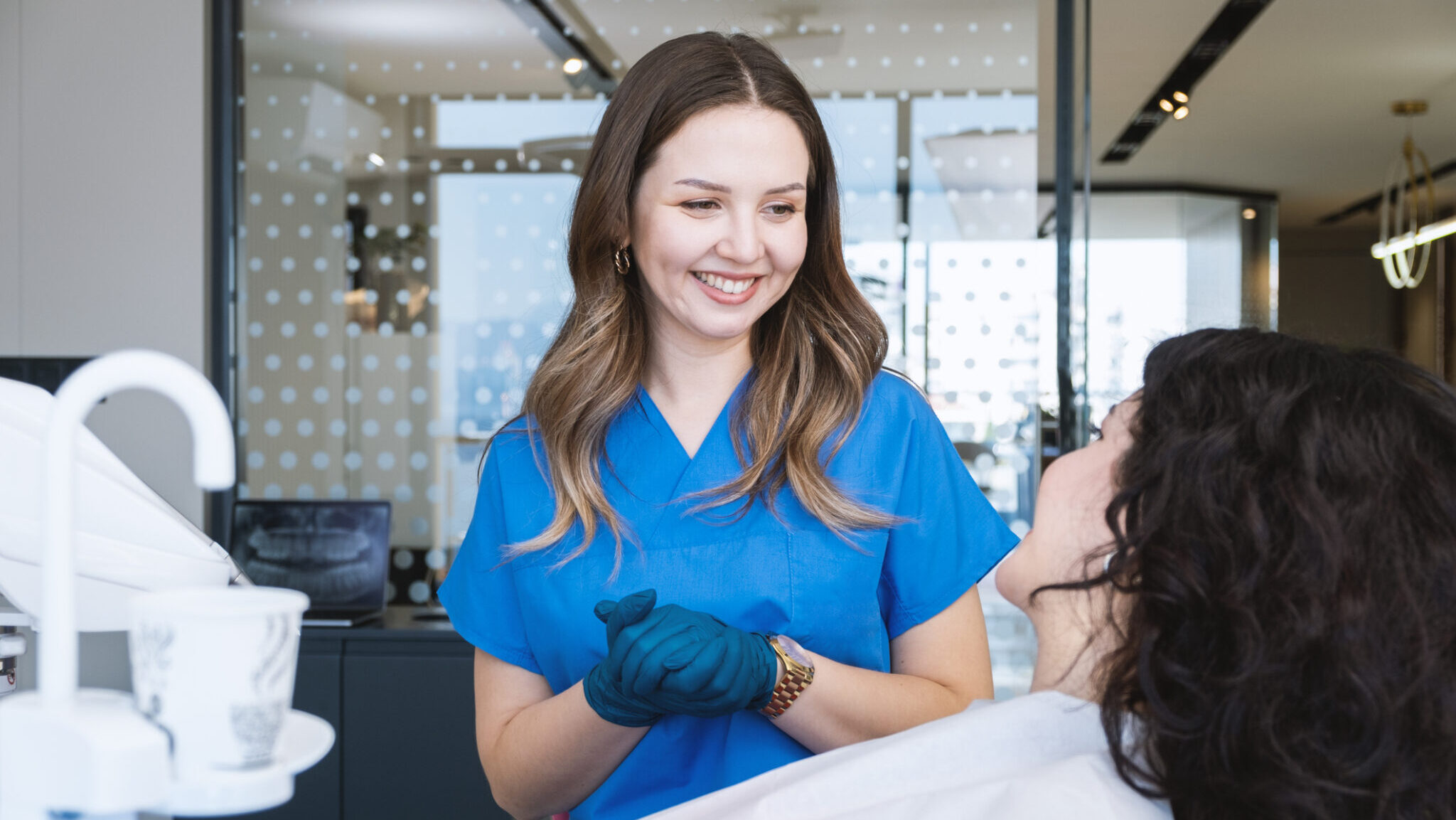
November 11, 2022
by Gabriele Maycher, CEO, GEM Dental Experts Inc. BSc, PID, dip DH, RDH
-
Q: I work in a large practice with many hygienists, and we do not align on the interval timing for a re-evaluation appointment. We seem to be all over the place in our rationale. When should a 2-week, 3-week, 6-week, and/or 3-month re-evaluation appointment occur after nonsurgical periodontal therapy?
A: The re-evaluation appointment occurs after the completion of nonsurgical periodontal therapy to assess if the tissue has been restored to a state of health.1 More specifically, the parameters of health for a gingivitis patient are ≤3mm pocket depths and <10% bleeding on probing, for a periodontitis patient, we look for ≤4mm pocket depths and <10% bleeding on probing with no 4mm pocket depths bleeding.2 And for peri-implant health, the parameters are up to 5mm probing depths no bleeding on probing.3
Response to nonsurgical therapy is normally delayed since it takes some time for the body’s defense mechanisms to respond to individual treatment steps. With this delay, it is important to re-evaluate the results of nonsurgical periodontal therapy after a period of healing to ensure all appropriate nonsurgical therapies have been included and to identify any other therapies that may be needed to get the patient’s tissues to a state of health.
So, here is the rationale found in the literature that will assist you in aligning the team to the appropriate re-evaluation interval for the following periodontal conditions.
1. Gingivitis
Since there is no attachment loss and pocket formation is not due to the apical migration of the junctional epithelium (but, instead, inflammation due to plaque biofilm), tissue health should be restored within two weeks with the reinstitution of plaque control via self-care and periodontal debridement/deplaquing.
2. Periodontitis
Since attachment loss is present and pocket formation is due to the apical migration of the junctional epithelium, more healing time is needed. Healing for periodontal pockets results from the formation of a long junctional epithelium, which simply put is the readaptation of the epithelial cells to the root surface or better described as the downward growth of the junctional epithelium. The reduced probing depths during the re-evaluation appointment result from the formation of a long junctional epithelium combined with the resolution of tissue inflammation. This process can take a minimum of a month to six weeks following non-surgical periodontal therapy. I prefer to wait at least six weeks for maximum results.
3. Peri-implant mucositis
This is defined as a disease that includes inflammation of the soft tissues surrounding a dental implant without additional bone loss after the initial bone remodeling that may occur during healing. The etiology of peri-implant mucositis is the accumulation of a bacterial biofilm around the implant4 and “resolution of clinical signs of inflammation may take more than three weeks following reinstitution of plaque biofilm control,”5 according to the American Academy of Periodontology.
If a patient is prone to poor wound healing due to modifying factors like smoking, consuming excessive alcohol, systemic medical conditions (such as diabetes, anemia, hepatitis, Crohn’s/colitis, or low vitamin D levels), medication like prednisone, or treatments like chemotherapy or radiation, it would be prudent to increase the interval timing of the re-evaluation appointments. Consider moving re-evaluation appointments for your gingivitis patients to four weeks instead of two, periodontitis patients to three months instead of six weeks, and peri-implant patients to six weeks instead of three, respectively.
References
- Foundations of Periodontics for Dental Hygienist, Enhanced Fifth Edition, Jill S. Gehrig, Daniel E. Shin, Donald E. Willmann.
- Lang NP, Bartold PM. Periodontal health. J Periodontol. 2018;89(Suppl 1):
S9–S16. https://doi.org/10.1002/JPER.16-0517 - Araujo MG, Lindhe J. Peri-implant health. J Periodontol. 2018;89 (Suppl 1):
S249–S256. https://doi.org/10.1002/JPER.16-0424 - Heitz-Mayfield LJA, Salvi GE. Peri-implant mucositis. J Periodontol. 2018;89(Suppl 1):S257–S266.
- Berglundh T, Armitage G, et al. Peri-implant diseases and conditions: Consensus report of workgroup 4 of the 2017 WorldWorkshop on the Classification of Periodontal and Peri-Implant Diseases and Conditions. J Periodontol. 2018;89(Suppl 1): S313–S318. https://doi.org/10.1002/JPER.17-073






Leave a Reply
You must be logged in to post a comment.